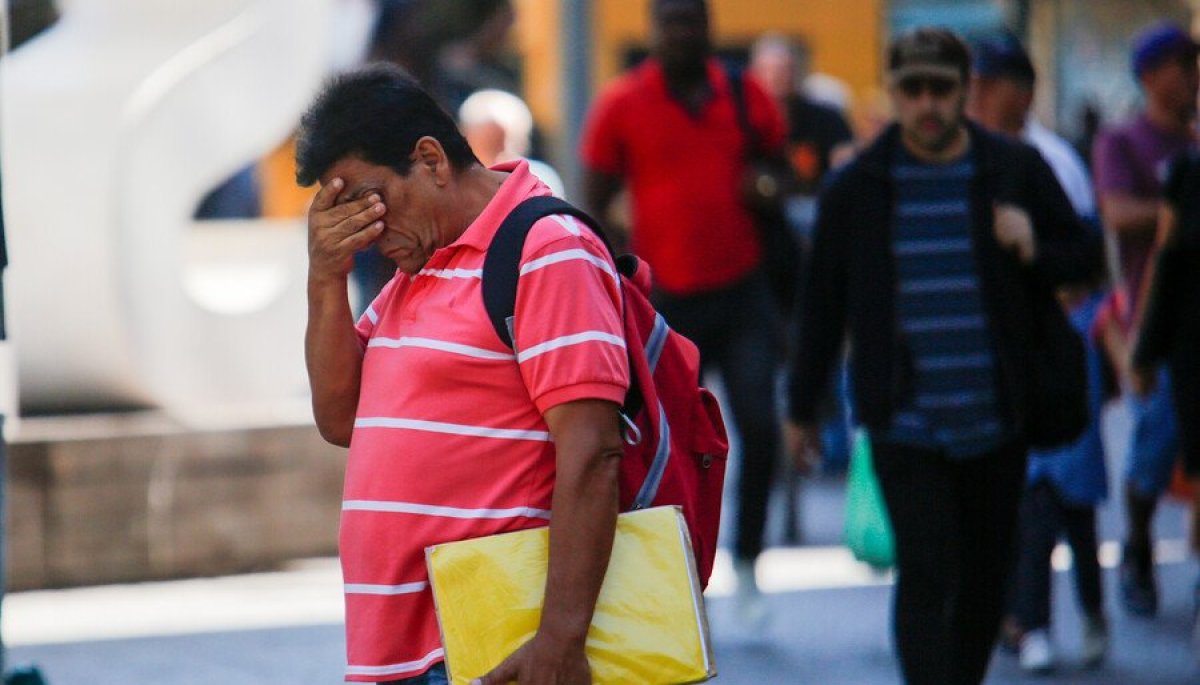Latin America remains the region of the planet with the greatest income inequality, as it has for the past three decades, according to a report presented by the Development Bank of Latin America (CAF) in Lima this Friday.
“Lack of access to human capital formation, quality jobs and financial inclusion are key factors in perpetuating intergenerational inequality in Latin America and the Caribbean,” CAF said in a statement, in which “family origin” is a fundamental element. A person’s advancement options.
The report “Generative Inequalities: The Role of Skills, Employment and Wealth in Opportunities for the New Generation” shows that 30% of Latin American youth share the same occupational status as their parents.
In the case of Peru, this percentage of occupational stagnation is 35%, one of the highest in the world, according to CAF economist Dolores de la Mata.
“Taken together, higher education and occupational stability lead to a much stronger association between parents’ and children’s earnings,” he said in the report.
The report explains that because of social differences and little education received in the first years of life, people with fewer job skills worsen their conditions.
“Gaps in low wages and other labor outcomes are deepening and becoming more apparent,” the study said, noting that job opportunities are not the same for people with the same education level but from different socioeconomic and family backgrounds.
For her part, CAF’s knowledge manager, Veronica Frisancho, welcomed the fact that gender gaps in the academic movement have reversed over time and are now in favor of women, especially in university education.
Frisancho indicated that these changes were necessary for greater social mobility, but lamented that they were not sufficient to change the possibilities of labor advancement between men and women in Latin America.

